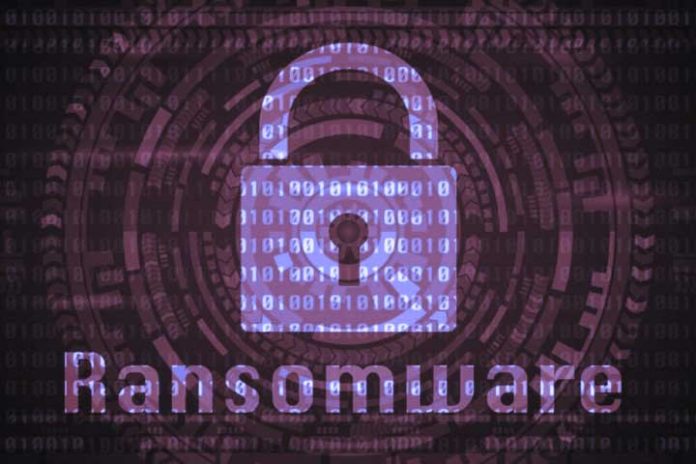Several businesses rely on the upkeep of their websites to ensure their productivity is flourishing and the company is reaching new heights. However, cyberhackers and criminal organisations usually target online businesses with moderate securities for gains. One of the most common malware attacks launched on online businesses is ransomware.
What are Ransomware Attacks?
Malicious software like ransomware can threaten to publish or block access to data or computer systems by encrypting it until the victim pays out a ransom to the attacker. In several cases, the ransom demand usually comes with deadlines. In most ransomware attacks, the victims cannot avoid negative outcomes. Victims either have to pay or deal with the negative consequences since the resources necessary for your company are held up.
As the attacks keep increasing, the attacks are mainly used to exploit intellectual property, sensitive data, and resources that aren’t encrypted. Most businesses in the past used to think that paying off the ransom would be the end of it. However, after the attack is over, the IT team will need to spend a massive amount of their time to recover the resources and data which was exploited.
While protection from ransomware attacks may seem a bit difficult, you can take steps to prevent ransomware with the help of Zero Trust security models.
Zero Trust for Protection Against Ransomware Attacks
The most optimal security strategy for protection against ransomware is a Zero Trust model. Institutions that rely on the Zero Trust application model can benefit from the right combination of authentication and micro-segmentation for creating a complex security layer for any attackers.
With Zero Trust application access and foundations of better authentication and micro-segmentation, IT managers can easily visualise networks and resources to ensure relevant least privilege and secure access to corporate resources. They can also manage all the aspects of the network security across the cloud and the services and applications.
With Zero Trust application security for business, you get visibility, control and threat inspection capabilities that are important for protecting networks from ransomware, attacks and unauthorised filtration of sensitive data.
Here’s how the Zero Trust model can offer protection from ransomware attacks:
- Trust zones: With an established trust zone in IT infrastructure, the resources are operated at the same trust and functionality like protocols and transactions. This will lower the number of pathways allowed and restrict the potential for harmful threats to crucial resources.
- Segmentation of networks: This allows businesses to define internal trust boundaries for a granular traffic flow control. In addition, businesses also get to enable secure network access, which helps them monitor the networks. This helps lower the attack surface and offers a distributed security solution with a holistic threat protection framework.
- Infrastructure management: Zero Trust models monitor the networks through centralised management. Companies like InstaSafe offer InstaSafe solutions that allow the data to be processed by different analysis tools and technologies that can improve network visibility, catch unknown threats, or support the reporting.
Conclusion
Ransomware attacks can be quite harmful for an organisation. However, with a suitable security layer like a Zero Trust application architecture, companies can be well protected from the impact of a ransomware attack. With a Zero Trust model, the company will create a trust zone for the resources, segment the networks for defining internal trust boundaries, and manage the infrastructure with centralised management.
Also Read: Online Security: Digital Certifications And Two-factor Authentication

